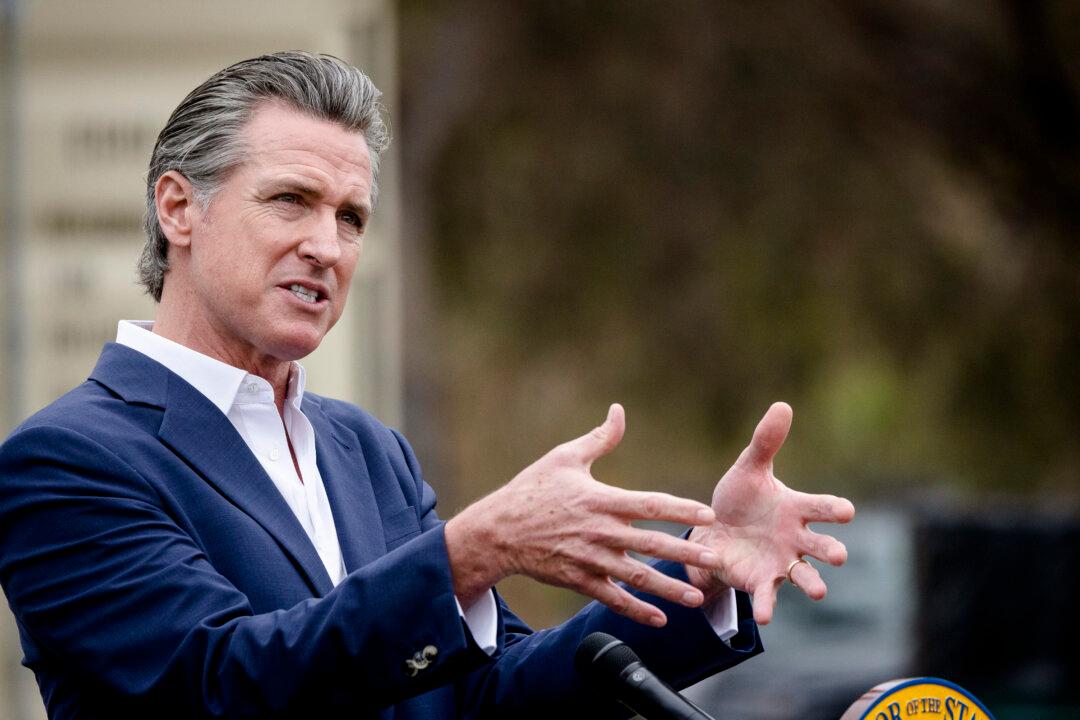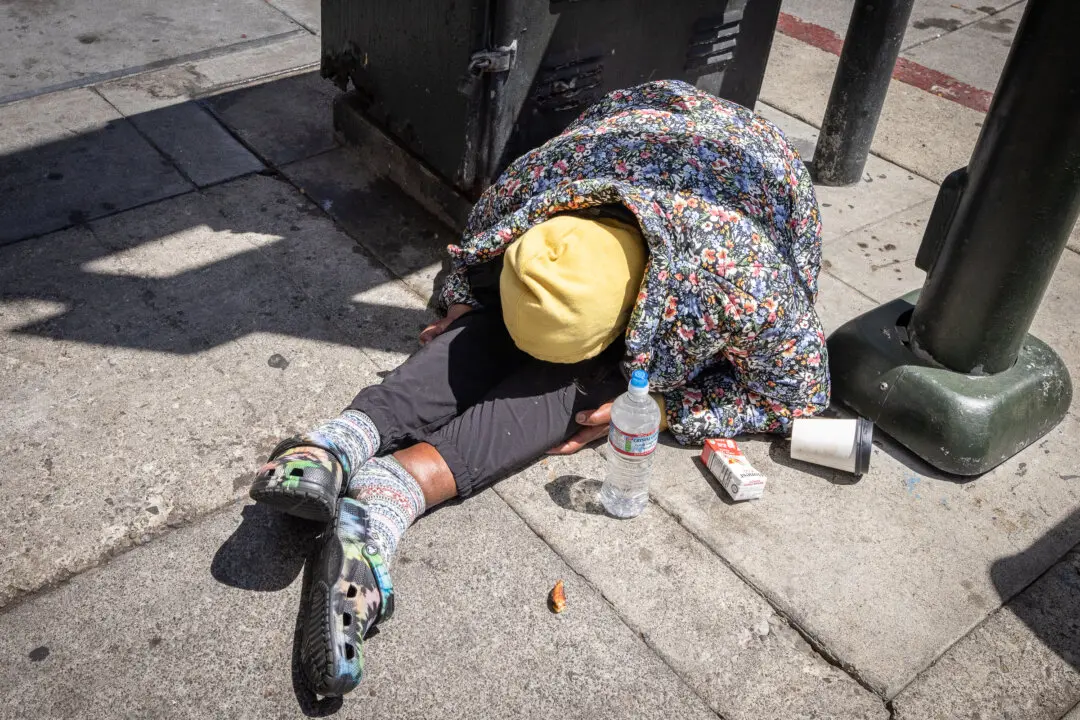Pete Minix, 66, has spent the last 20 years researching and documenting the stories of hundreds of U.S. military veterans, enough to fill 104 binders.
He’s now donated his work to the General Patton Memorial Museum in Chiriaco Summit, Calif., where an upcoming Veterans Day event will provide members of the community a chance to show their own appreciation for those who have served the country.





